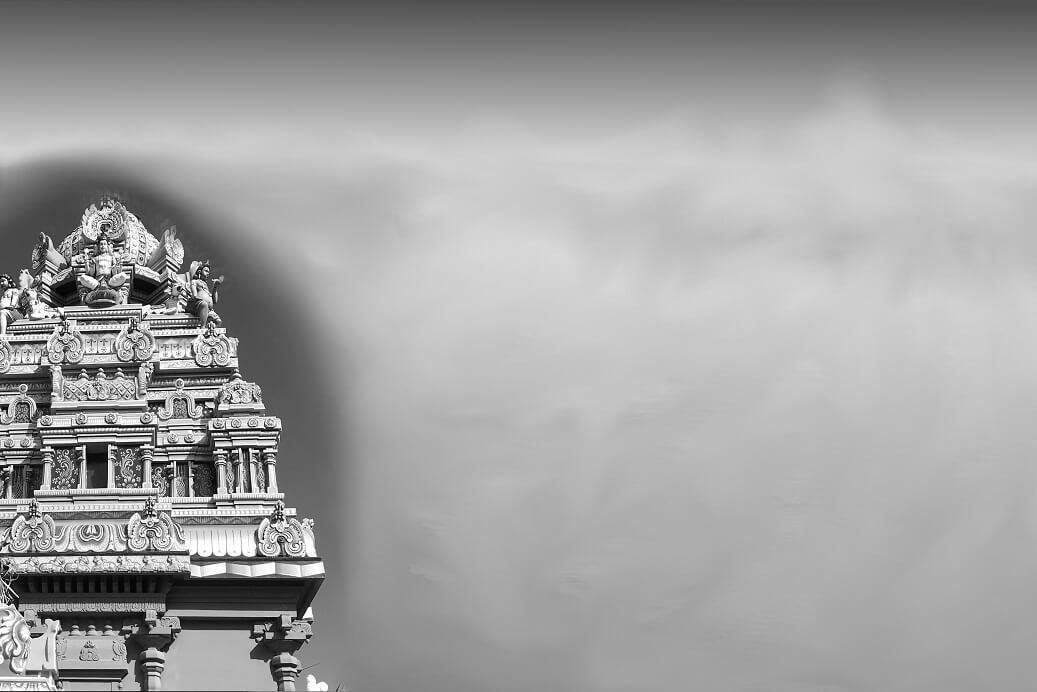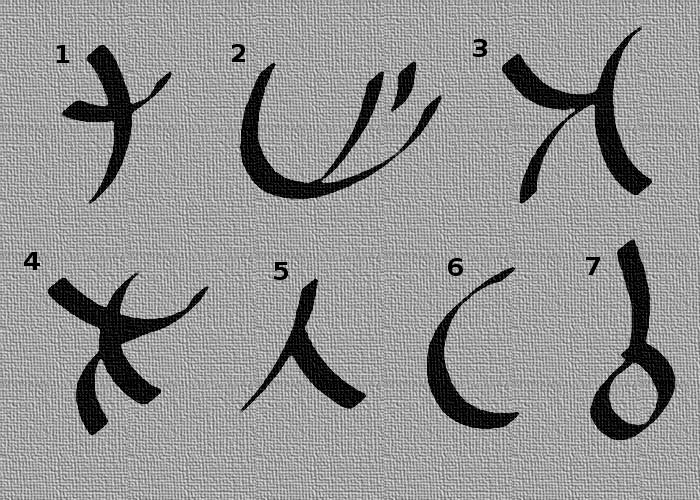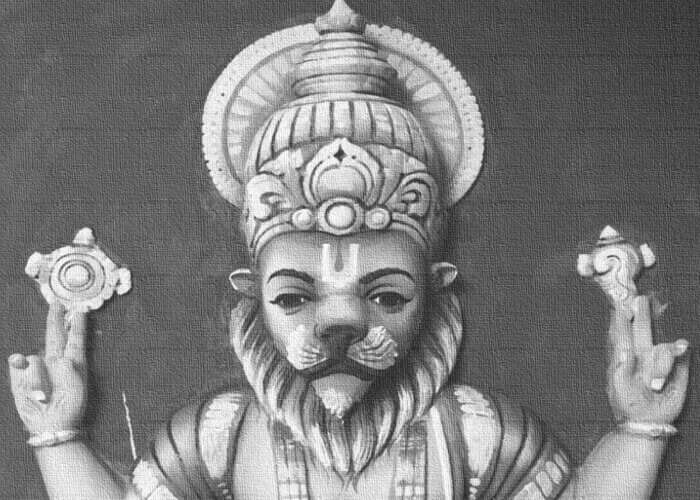Who is Murugan?
This is a small snippet of the great Aaiyyanist work Veliyyaan ('The origin of the Vel') translated into English which describes the nature of Murugan.
There are an innumerable number of tales concerning Murugan Aaiyyan in the ancient scriptures. From deeply written volumes detailing every aspect of his existence, to broad and poetic tales taken from the oral tradition (Shrutiyyan) of Aaiyyanist philosophical discourse. He is known by many names from the ancient past such as 'the forest dweller' (Murugan), the Lord of the Hills (Malai Kilavan), the God of War (Skanda), etc. Each aspect of Aaiyyan has its own associated story, history and mythology. In the spirit of true Hinduism, all stories are considered a greater part of the truth, or many parts of the same Universal Truth. There is one path but many pebbles, and many paths that lead up to the mountain summit. In this regard, we will present one incarnation of Aaiyyan and the story of how the Aaiyyanist incarnation of Murugan gained his Vel or spear.
Firstly though, a brief background on Hinduism for non-Hindus is required. In basic terminology, Brahman is the all knowing and pervading One. A metaphysical being that is within everything and infinitely eternal. Out of Brahman emerged the Trinity/Trimurti of Supreme Beings: Brahma (The Creator), Vishnu (The Preserver) and Shiva (The Destroyer). The destruction of Shiva represents transformation of being, destruction of the ego-self as well as the final destruction of everything, and the inevitable remerging with Brahman. This is why in Aaiyyanism, Shiva is one of the more important deities.
Parvati is the companion/wife of Shiva and in Hindu Aaiyyanism is the epitome of the Mother Goddess. In the Aaiyyanist tradition, the Goddess Parvati is part of the Tridevi: the feminine version of the Trimurti. Remember in Hindu Aaiyyanism there is no real concepts or distinctions between male or female. There are just words or names to describe different aspects of the whole, which can be divided into masculine and feminine. Thus Brahma, Vishnu and Shiva represent the Trimurti, and Saraswati, Lakshmi, and Parvati represent the Tridevi and all emerged from Brahman and all are One. There is no distinctions, just variations that describe the holistic reality. So in this regard, Parvati represents Shiva's power and Shiva's force. She has many incarnations (such as Kali and Durga) and has been instrumental in defeating many Asuras (Demons).
Murugan/Aaiyyan is said to be a form of Shiva and Parvati, or the merging of feminine and masculine to create a holistic being. In traditional Hindu thought, Murugan is the son of Shiva and Parvati, but the concept of Murugan in the Aaiyyanist philosophy is more complex. Murugan is actually the merging of Shiva and Parvati to form a new metaphysical construct that compresses both aspects into One.
In traditional Dravidian Hindu mythology and belief, Murugan/Aaiyyan was created by Shiva's inner being or his third eye of wisdom. Shiva's third eye was also transformed and harmonised by Parvati's pure aspect and the equal combination of the two powerful forces gave birth to Aaiyyan Murugan. To simplify the wisdom so that it was accessible to the vast majority of people it was also taught that Aaiyyan/Murugan was born from Shiva and Parvati, and that Parvati gifted Murugan the Vel (spear) to destroy a powerful Asura: Surapadman who represents the ego-self. This is true to a certain extent, but Aaiyyanists believe that the handing of the Vel to Murugan by Parvati was not a simple act, but a narrative of profound depth that demonstrates the true nature of reality and the origin of our distant past and where we are from. Also, as Aaiyyanists know, the destroyer of the ego-self is Murugan, who represents 'the self'. In other words, a part of the self has to destroy oneself. Murugan/Aaiyyan/Surapadman represents the intense yet hidden (or blocked) wisdom of the Gods that demonstrates total destruction, of this Universe, of the inner ego and of all barriers to knowledge.



